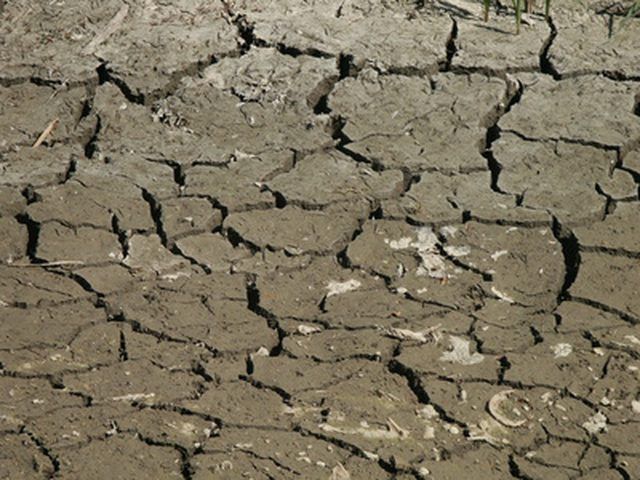Bulbs
Flower Basics
Flower Beds & Specialty Gardens
Flower Garden
Garden Furniture
Garden Gnomes
Garden Seeds
Garden Sheds
Garden Statues
Garden Tools & Supplies
Gardening Basics
Green & Organic
Groundcovers & Vines
Growing Annuals
Growing Basil
Growing Beans
Growing Berries
Growing Blueberries
Growing Cactus
Growing Corn
Growing Cotton
Growing Edibles
Growing Flowers
Growing Garlic
Growing Grapes
Growing Grass
Growing Herbs
Growing Jasmine
Growing Mint
Growing Mushrooms
Orchids
Growing Peanuts
Growing Perennials
Growing Plants
Growing Rosemary
Growing Roses
Growing Strawberries
Growing Sunflowers
Growing Thyme
Growing Tomatoes
Growing Tulips
Growing Vegetables
Herb Basics
Herb Garden
Indoor Growing
Landscaping Basics
Landscaping Patios
Landscaping Plants
Landscaping Shrubs
Landscaping Trees
Landscaping Walks & Pathways
Lawn Basics
Lawn Maintenance
Lawn Mowers
Lawn Ornaments
Lawn Planting
Lawn Tools
Outdoor Growing
Overall Landscape Planning
Pests, Weeds & Problems
Plant Basics
Rock Garden
Rose Garden
Shrubs
Soil
Specialty Gardens
Trees
Vegetable Garden
Yard Maintenance
Information on Topsoil
Information on Topsoil. Topsoil is one of the earth's most important natural resources. Of all soil, topsoil is the richest source of nutrients that sustains plant, animal and human life. It takes 500 years for a single inch of topsoil to be created in nature. Due to soil erosion and land development, healthy topsoil is becoming more and more...

Topsoil is one of the earth's most important natural resources. Of all soil, topsoil is the richest source of nutrients that sustains plant, animal and human life. It takes 500 years for a single inch of topsoil to be created in nature. Due to soil erosion and land development, healthy topsoil is becoming more and more scarce. Recently, commercial topsoil has become a high-demand product among consumers who want to improve their gardens and lawns.
Definition
As its name implies, topsoil is the top layer of the earth’s surface. Topsoil has been created over time by climate and weather’s effects on the earth’s rocks. Topsoil is also comprised of decaying plants and other organic matter. The depth of topsoil can vary depending on the location of the garden. It can range from 2 inches to several feet deep. Nutrient-rich topsoil created by natural methods is scarce and often cannot be obtained for garden use, in which case mixes of sand, manures, sub-soils and sawdust are sold as topsoil.
Function
In rocky areas where there is no topsoil, or in other areas where the native soil is too dense for proper drainage, additional topsoil must be added for gardening and landscaping. Raised beds and mounds used for gardens are frequently composed of purchased topsoil.
Considerations
Many states do not have legal definitions or regulations regarding topsoil sales. In this case, the topsoil could contain a variety of undesirable materials including rocks, roots, weed seeds, sand or herbicide residue that could harm other plants. Vendors sometimes add commercial wood ashes to make the purchased topsoil appear darker and more desirable.
Choosing a Topsoil
The quality of topsoil cannot be judged by simply looking at it. Consumers need to learn as much as they can about the soil they buy. If possible, examine the topsoil to see that it has been screened and does not contain large rocks or roots. Smell the soil: if its odor is chemical or otherwise questionable, do not purchase it. Consumers should ask the supplier of the topsoil about the ingredients if possible. When buying soil from a garden center, request the topsoil’s test data. The information should contain the pH, acidity, a textural analysis, and the percentages of clay, silt and sand. Or, ask for a sample and test it yourself. Consumers can get a soil test kit from a local extension service. Look for a pH between 5.5 and 7.5 and a classification of loam or sandy loam. Sandy soils will not hold water and nutrients, and clay soils will not provide adequate drainage.
Amending Topsoil
Most purchased topsoil will require amendments such as the addition of lime or fertilizer. Adding 2 to 3 inches of organic matter such as peat moss, manure, rotted sawdust or screened compost to a depth of 6 to 8 inches is usually recommended. Work the purchased topsoil and organic matter into the soil rather than leaving a layer on top, so that the roots of plants can grow consistently.